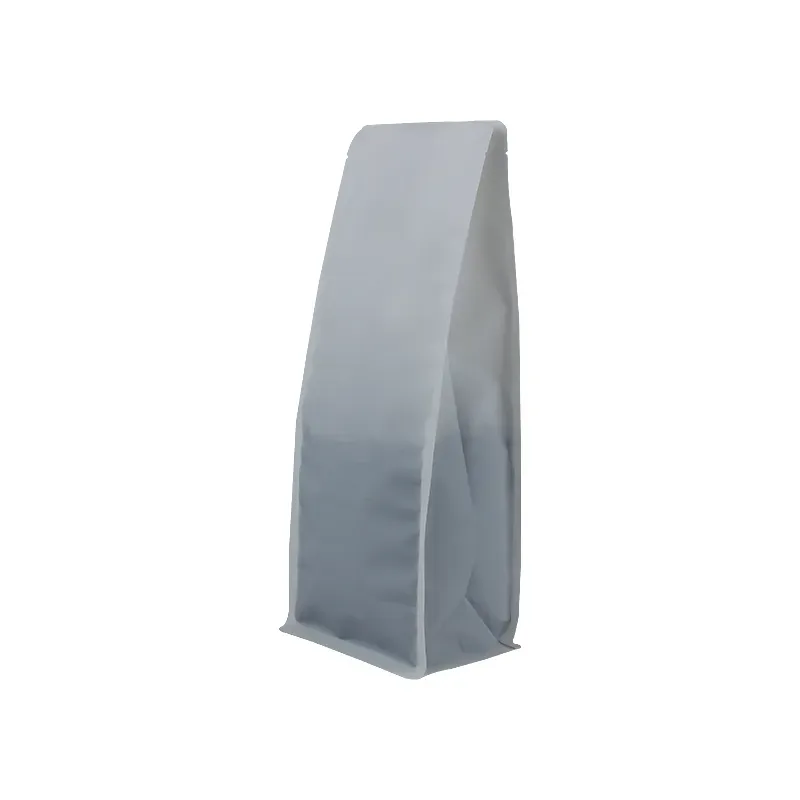- Afrikaans
- Albanian
- Amharic
- Arabic
- Armenian
- Azerbaijani
- Basque
- Belarusian
- Bengali
- Bosnian
- Bulgarian
- Catalan
- Cebuano
- chinese_simplified
- chinese_traditional
- Corsican
- Croatian
- Czech
- Danish
- Dutch
- English
- Esperanto
- Estonian
- Finnish
- French
- Frisian
- Galician
- Georgian
- German
- Greek
- Gujarati
- haitian_creole
- hausa
- hawaiian
- Hebrew
- Hindi
- Miao
- Hungarian
- Icelandic
- igbo
- Indonesian
- irish
- Italian
- Japanese
- Javanese
- Kannada
- kazakh
- Khmer
- Rwandese
- Korean
- Kurdish
- Kyrgyz
- Lao
- Latin
- Latvian
- Lithuanian
- Luxembourgish
- Macedonian
- Malgashi
- Malay
- Malayalam
- Maltese
- Maori
- Marathi
- Mongolian
- Myanmar
- Nepali
- Norwegian
- Norwegian
- Occitan
- Pashto
- Persian
- Polish
- Portuguese
- Punjabi
- Romanian
- Russian
- Samoan
- scottish-gaelic
- Serbian
- Sesotho
- Shona
- Sindhi
- Sinhala
- Slovak
- Slovenian
- Somali
- Spanish
- Sundanese
- Swahili
- Swedish
- Tagalog
- Tajik
- Tamil
- Tatar
- Telugu
- Thai
- Turkish
- Turkmen
- Ukrainian
- Urdu
- Uighur
- Uzbek
- Vietnamese
- Welsh
- Bantu
- Yiddish
- Yoruba
- Zulu
paper weight thickness
Understanding Paper Weight and Thickness
The world of paper is intricate and fascinating, with various characteristics that determine its performance in different applications. Among these characteristics, paper weight and thickness are two of the most important factors that influence both the functionality and suitability of paper for various uses. Understanding these attributes is essential for consumers, printers, and manufacturers alike as they navigate through the dense forest of options available in the paper market.
Defining Paper Weight
Paper weight is commonly measured in grams per square meter (gsm) or pounds per ream (lb). The gsm metric is widely used internationally and provides a direct measurement of the mass of paper per unit area. For instance, a paper with a weight of 80 gsm implies that a square meter of that paper weighs 80 grams. On the other hand, the pound measurement is more prevalent in the United States, indicating the weight of a ream (500 sheets) of paper in a particular size. For example, a standard copy paper often found in offices is usually 20 lb, which corresponds to a specific gsm value.
The weight of paper plays a crucial role in its strength, opacity, and durability. Heavier papers are generally more robust and provide a more premium feel, making them suitable for applications such as business cards, brochures, and high-quality stationery. Conversely, lighter papers are often used for everyday printing tasks, such as newsletters or flyers, where cost-effectiveness and ease of handling are more important than durability.
Exploring Paper Thickness
While paper weight provides valuable information, it does not account for thickness. Paper thickness is generally measured in mils or microns (1 mil = 0.001 inch, 1 micron = 0.001 mm), indicating how thick a sheet of paper is. Different types of paper can boast similar weights yet possess distinct thicknesses owing to variations in the manufacturing processes and the presence of additives and coatings.
The thickness of paper affects its opacity, rigidity, and suitability for printing techniques. Thicker papers tend to have higher opacity, reducing the risk of ink bleed-through during printing, which is vital for double-sided printing tasks. Furthermore, thicker papers are less likely to crumple or tear during handling, making them ideal for documents that require longevity, such as certificates or legal papers.
paper weight thickness

The Relationship Between Weight and Thickness
While paper weight and thickness are often correlated, the relationship is not always linear. For instance, two different paper stocks can have the same weight but differ significantly in thickness due to variations in fiber composition and manufacturing techniques. This highlights the importance of considering both factors when selecting the appropriate paper for a project.
When printing, the choice of paper weight and thickness can significantly impact the end results. For example, when printing high-resolution images or graphics, selecting a heavier, thicker stock may provide better color vibrancy and sharpness, creating a more visually appealing product. Conversely, using lighter paper may lead to a more economical option for mass-produced printed materials that don't require high-quality finishes.
Practical Applications and Choosing the Right Paper
When choosing the right paper for a specific application, it is crucial to assess both the weight and thickness in conjunction with other characteristics such as texture, color, and finish. For instance, if you are creating a presentation booklet, a heavier cover stock (such as 250 gsm) will provide ample support and a professional appearance, while using a lighter weight (such as 120 gsm) for the inner pages maintains a reasonable overall bulk without compromising on quality.
For artists and photographers, selecting the right paper can be vital to ensuring that prints achieve the desired effect. Fine art papers often feature higher weights and thicknesses designed to capture colors and details beautifully, enhancing the visual impact of the artwork.
Conclusion
In conclusion, understanding the significance of paper weight and thickness is essential for anyone involved in paper selection, whether it be for printing, crafting, or professional usage. By grasping these concepts, individuals can make informed decisions that enhance the quality and effectiveness of their printed materials. The interplay between weight and thickness may seem complex, but with careful consideration and knowledge, one can easily navigate the vast array of paper options available to achieve desired results.













